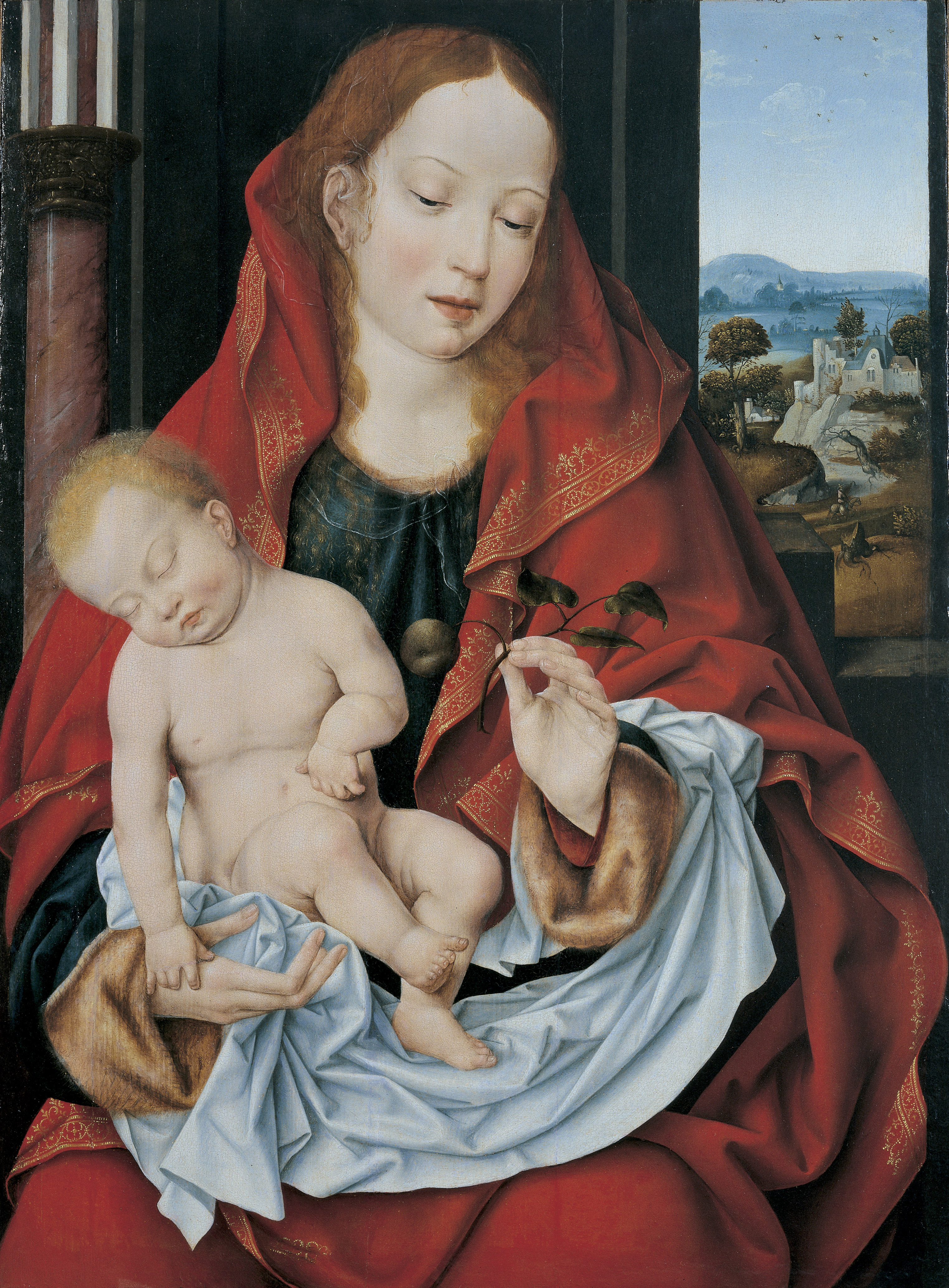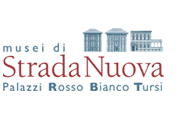
Click here to view image
Madonna and Child
Alessandro Wright 1961 - legato
Van Cleve, Joos
painting
PB 108
Unità di misura: cm; Altezza: 61; Larghezza: 45,5
olio su tavola
The author of this panel is the Anversan painter Joos Van Cleve, a much appreciated artist who, between the second and third decade of the sixteenth century, has frequent relations with Italy and with the Genoese commission realizing - through representatives of the local nobility with interests in Flanders - at least four ancone for churches of the Republic: among these is imposed, for high technical quality and richness of invention, the triptych of the Adoration of the Magi of the church of San Donato, the only large work left in the city.
The Madonna and Child of Palazzo Bianco, painted for private devotion, seems to come from a "Durrës house in Genoa", as attested by an inventory note in the museum, not otherwise documented.
An intimate atmosphere, tender affectionate, characterizes the table, which presents a very elegant Virgin, with a slightly inclined face and three-quarters, which holds in her lap the sleeping Child, with a human pose and a chubby face. Maria, with an expression of great sweetness and grace at the same time, holds between her fingers a twig with a small fruit, painted by the painter with great virtuosity in the detail of the leaves in glimpse, with the edges illuminated by light.
Van Cleve, with a pictorial surface with slight overlapping veils, achieves a particular enameled effect, especially in the incarnations; he also shows great skill in painting the transparent veil that frames the head of the Virgin, the gold seals of his red coat and the fur trim - according to the Flemish fashion - of the dress, in which it is possible to see with the naked eye the underlying preparatory design.
The scene, wrapped in a clear and clear light, opens on the right towards a deep landscape beyond the window: small and close touches of color outline trees, dried trunks and the figure of a traveler on horseback, while in the distance celestial mountains color in the white-blue sky; on the left, instead, a column in red marble alludes to the pagan world, whose sin is redeemed by the sacrifice of Christ.




